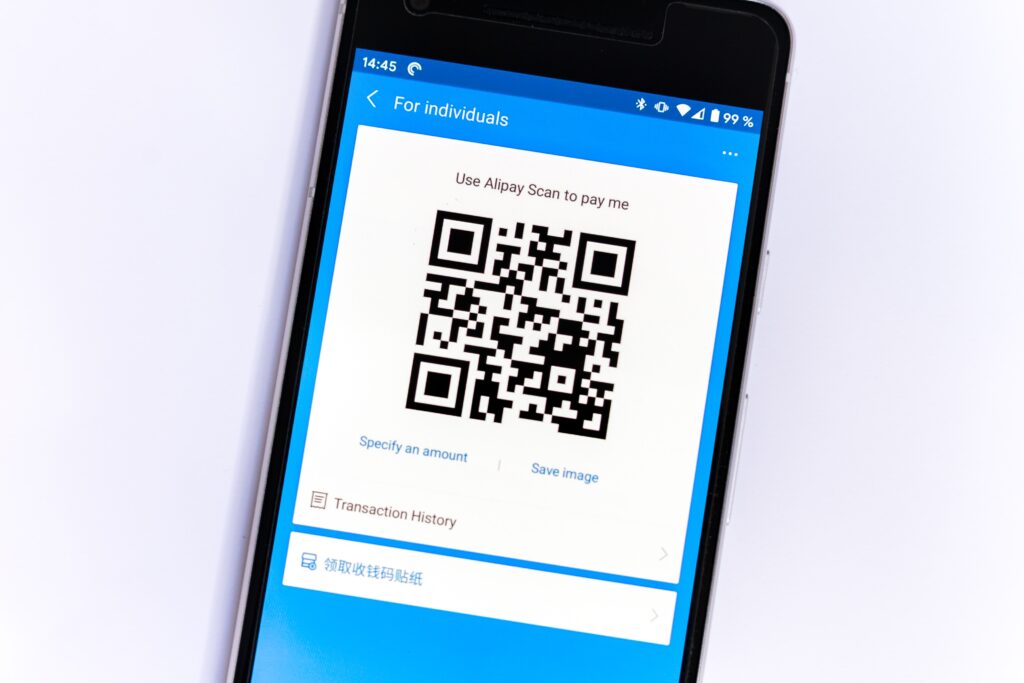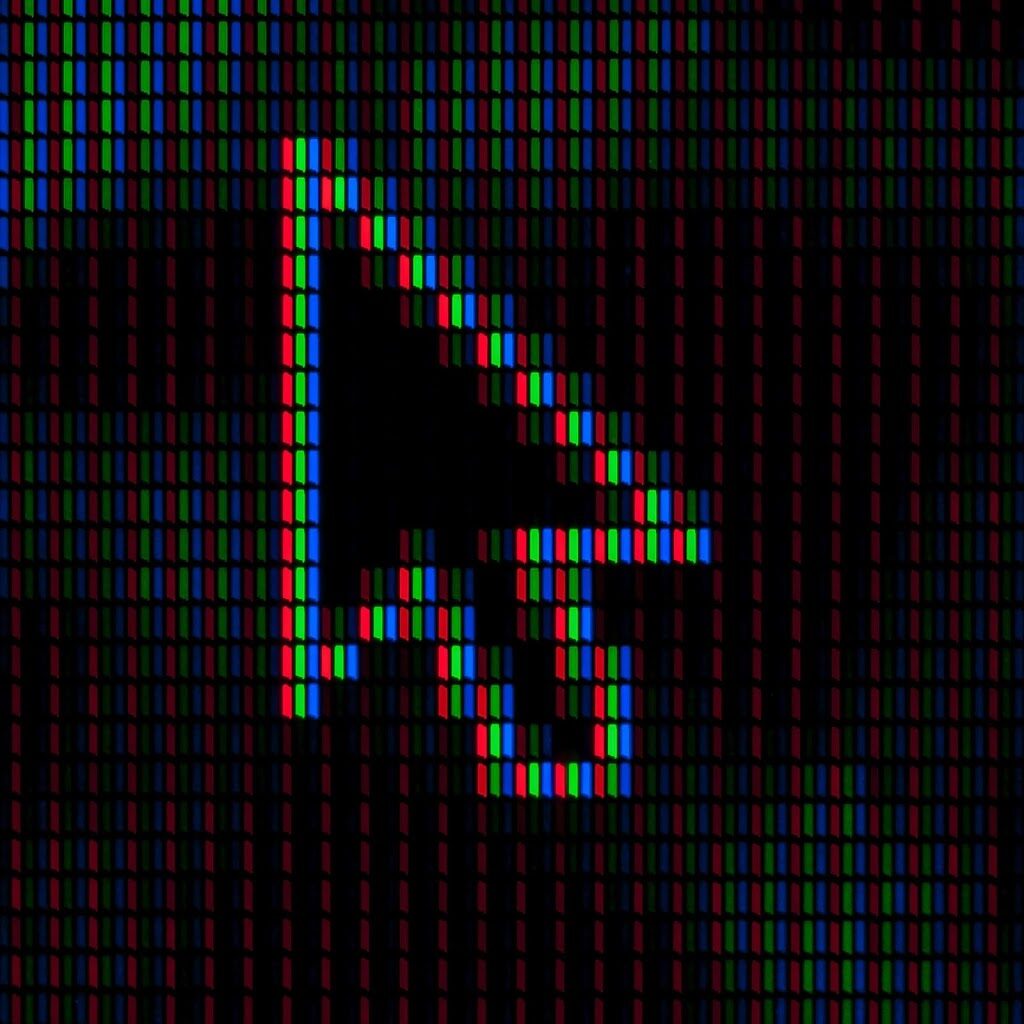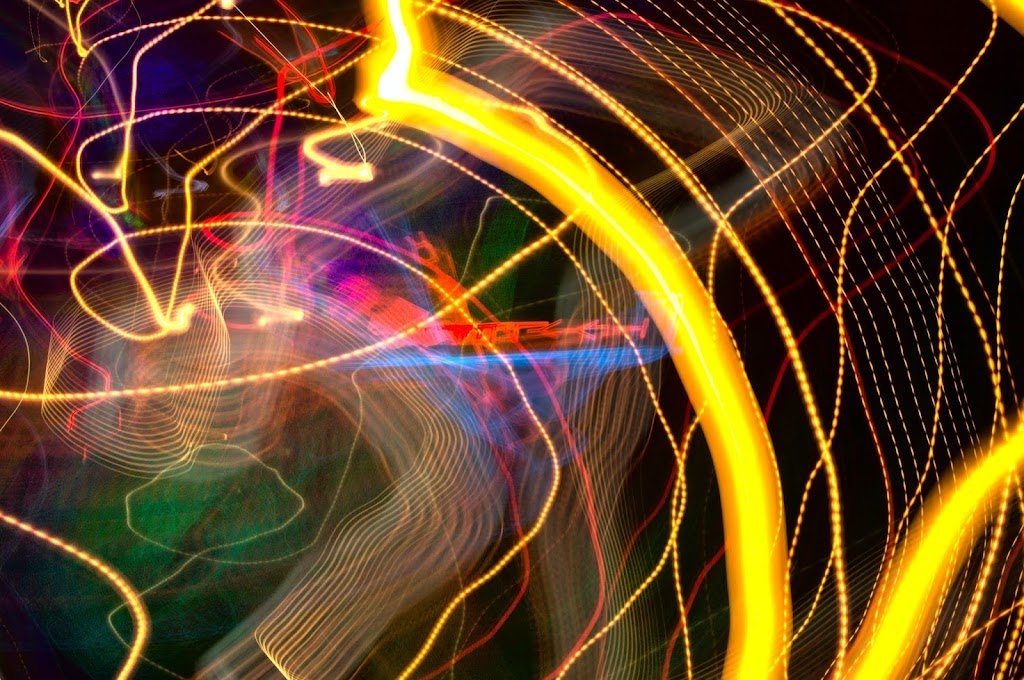First appearance in the automotive industry:
Denso Wave, an ancillary of the Japanese auto components producing industry, works on constructing industrial robots and PLC (programmable logic controller) used for industrial manufacturing. In 1994, the QR code was invented by them for auto works. At first, they used it to track automobiles and their instrumental parts. Because of its high degree of readability and faster than the universal product code(UPC), it is called the “quick response code”.
QR codes:
QR codes are two-dimensional matrix barcodes containing machine legible optical labels. Various electronic accessories widely recognize these labels. This barcode stores the information and encodes them giving access to that stored data. The code directs us to URLs, a website of the application or to show a piece of data.
Photo by Markus Winkler on Unsplash
What made QR code a successive way of recognition?
Quick response codes encompass black and white squares. The main thing is the “comprehensiveness” of these squares because any change (covered or edited) in the code never scans or leads to the expected upshot.
The crucial individual squares are called Modules. The two coloured squares work on the principle of a binary system. One colour represents zero, and the contrasting colour represents one.
1. The three big squares on the corners (red-coloured) are used to detect the position and rotation of the QR code. These indicate the edges of the codes.
The versions of the QR codes are
Version 1 (21 x 21)
Version 2 (25 x 25)
Version 3 (29 x 29)
Version 3 (33 x 33)
Version 10 (57 x 57)
Version 25 (117 x 117)
Version 40 (177 x 177)
The numbers above represent the number of pixels (squares) in the matrix barcodes. The larger versions contain one more small squares alignment at the corner, which works as an alignment marker for accurate detection.
2. The strips of pixels (red coloured lines connecting squares) with alternating black and white squares connecting the big squares are called timing patterns, defining the rows and columns. This module is also used to identify which version they are.
3. The green coloured segment is used for format information. This segment determines the format of the QR code. The scanner recognizes this pattern whether to lead to a website of the application or transaction or anything else.
4. The type of versions mentioned above can only be certified by the segment (blue coloured).
To generate a QR code, the information we want to store inside the code has to be confirmed, and within seconds, it can be generated by QR code generators available online (ex: GOQR.me). Once the QR code is encoded, it is ready to be decoded by a scanner like the camera of mobile phones.
The various fields where QR code made the work efficient:
QR codes are reliable in all markets around the world. Some of them are,
1. QR codes are now widely used in business areas because they can store up to 4296 alphanumeric or character codes and 7089 numeric characters.
2. The barcodes are used for access to money transactions which camera smartphones can scan.
3. The transfer of files can be done without a password but is highly secure by scanning the code.
4. QR codes are popularly used for accessing URLs that open up the websites. Examples are scanning for offers to know more about or into an application.
5. The phone number may be stored in the code, and when we can, it automatically arises in the dial pad. Sometimes calling straightly with asking permission can be done.
Discover more from Aristoscienceworld
Subscribe to get the latest posts sent to your email.






